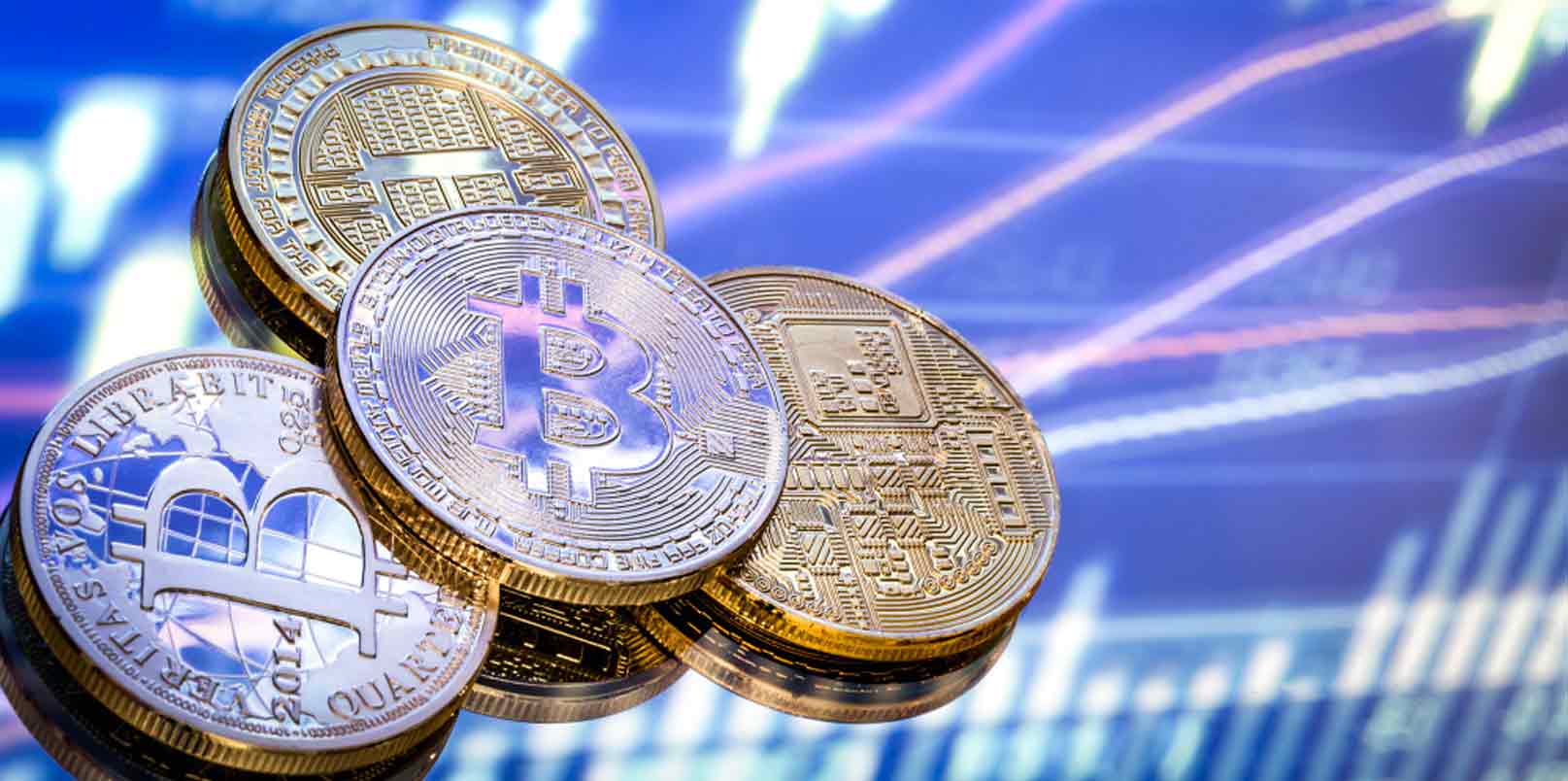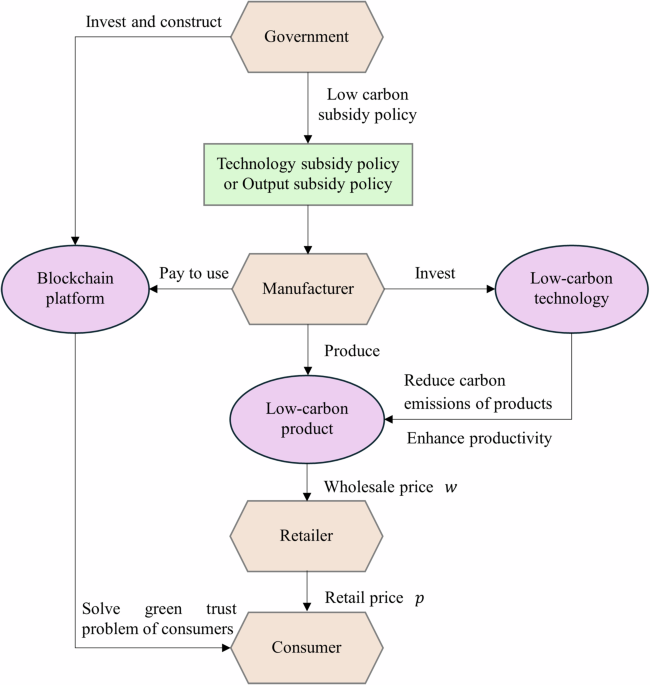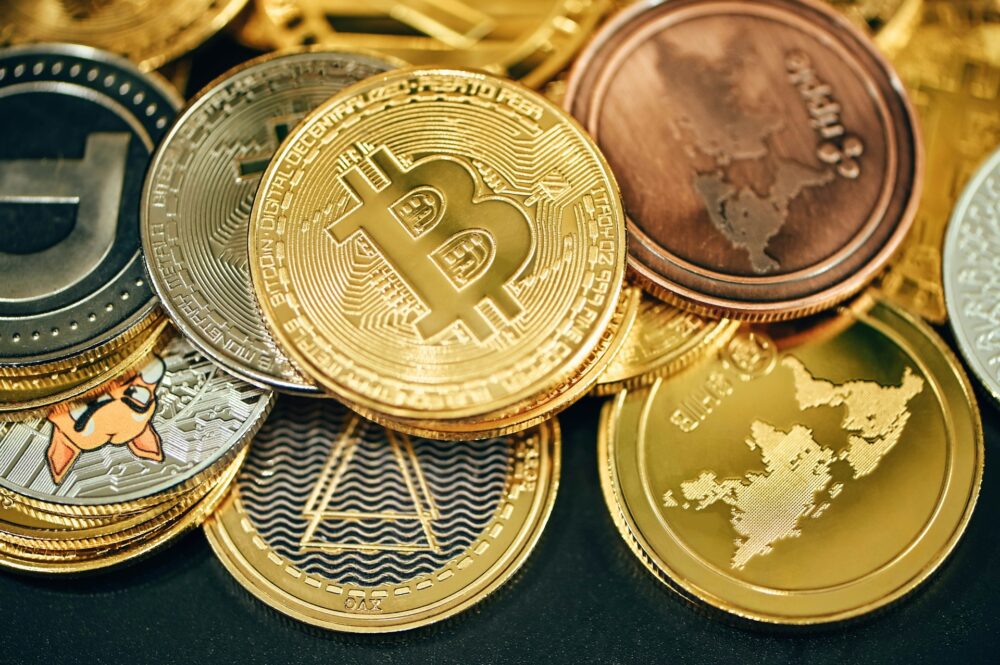What is cryptocurrency and how is the technology associated with it relevant for the UPSC Exam
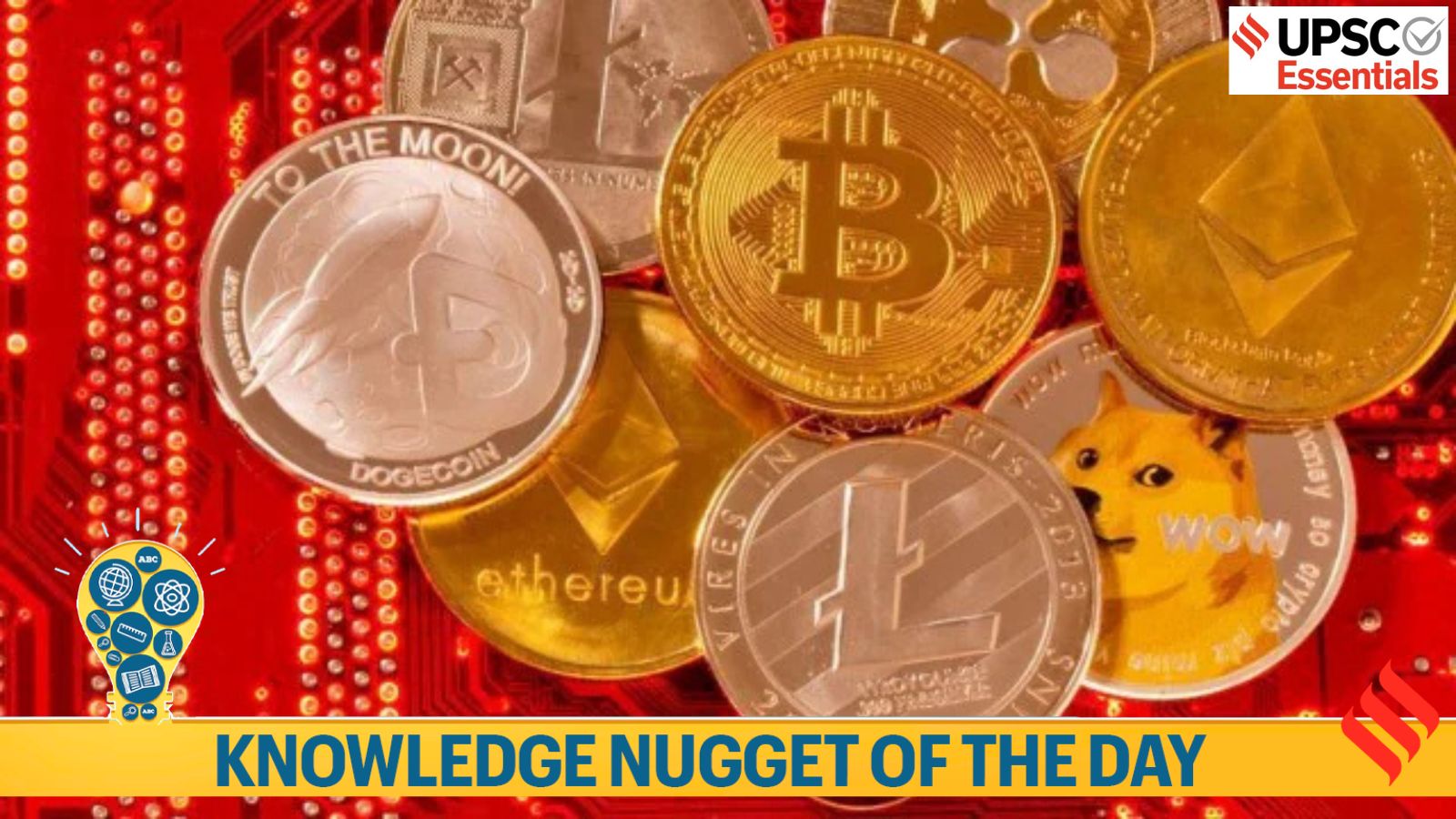
Take a look at the essential events, concepts, terms, quotes, or phenomena every day and brush up your knowledge. Here’s your knowledge nugget for today.
Donald Trump recently vowed to make the United States the world’s crypto capital and has ordered the creation of a taskforce called ‘The President’s Working Group on Digital Asset Markets’ that will focus on developing a regulatory framework for digital assets. During his presidential campaign, Trump promised to be a “crypto president” who supports the adoption of digital assets. His executive order also prohibits the creation, issuance, or promotion of a Central Bank Digital Currency (CBDC) in the United States.
1. A cryptocurrency is a medium of exchange, such as the rupee or the US dollar, but is digital in format and uses encryption techniques to both control the creation of monetary units and to verify the exchange of money.
2. It is based on a network that is distributed across a large number of computers. It is nearly impossible to counterfeit or double-spend. Many cryptocurrencies are decentralised networks based on blockchain technology.
3. In traditional financial transactions involving fiat money, a third-party organisation—usually a central bank—ensures that the currency is authentic and that the transaction is properly recorded. In contrast, with cryptocurrencies, a network of private computers is continuously engaged in authenticating the transactions by solving complex cryptographic puzzles. Those who successfully solve these puzzles are rewarded with cryptocurrencies. This process is known as mining. At the backend of these transactions is a technology called ‘blockchain’.
4. Advantages of cryptocurrencies
(i) They include cheaper and faster money transfers.
(ii) They are decentralised systems that do not collapse at a single point of failure.
(iii) They enable secure online payments without the use of third-party intermediaries.
5. Disadvantages of cryptocurrencies
(i) They include high price volatility
(ii) They include high energy consumption for mining activities
(iii) They can be used in criminal activities.
Story continues below this ad
Blockchain Technology
1. Satoshi Nakamoto — the person (or a group of people) who is said to have conceptualised an accounting system in the aftermath of the 2008 financial crisis — had mooted an idea where the transactions and the value of money would be recorded digitally on a publicly available and open ledger that contains all the transactions ever made, albeit in an anonymous and encrypted form. This ledger is called the blockchain.
2. According to the Ministry of Electronics & Information Technology website, blockchain is a shared immutable ledger that facilitates the process of recording transactions and tracking assets across a business network. Anything of value can be tracked and traded on the blockchain network. A blockchain is a distributed database that is shared over a computer network. Blockchain stores information electronically in a digital format to make transactions secure.
3. Blockchain technology, also known as Distributed Ledger Technology (DLT), is an emerging technology that ensures immutability, transparency, and security of digital assets through decentralization.
4. It operates on a system of data blocks, where each block is connected to the next using cryptographic techniques, forming a “chain” of blocks. The data within these blocks, once recorded, cannot be altered or deleted without consensus from the network. This decentralised and distributed structure makes blockchain resistant to hacking, as altering a single block would require simultaneous changes across the entire network.
Story continues below this ad
Memecoin
1. Karan Mahadik writes– “Memecoins are a bizarre blend of internet humour and cryptocurrencies. They are often inspired by online memes and do not hold any intrinsic value. Despite their value being purely based on hype and public perception, memecoins can be used to build a large following and attract significant investment.
2. Unlike traditional cryptocurrencies, new types of memecoins can be created for free by anyone using launch-pad platforms like Pump.fun, which are hosted on blockchain networks such as Solana or Ethereum.
3. Memecoins notably lack intrinsic economic value. However, their value can increase if a sufficient number of people buy and sell them. The creators of memecoins provide liquidity by setting up a liquidity pool and depositing equal amounts of the memecoin alongside a well-known cryptocurrency, such as Ether.
4. Dogecoin, one of the most well-known memecoins, began as a joke but gained significant popularity after tech billionaire Elon Musk started frequently posting about it on X. Other viral memecoins include Shiba Inu, named after the dog breed, and Pepe, inspired by the cartoon frog meme.
Story continues below this ad
 Shiba Inu is a meme-inspired cryptocurrency. (Photo: Twitter/Shiba Inu)
Shiba Inu is a meme-inspired cryptocurrency. (Photo: Twitter/Shiba Inu)
5. Memecoins are known for their high volatility and thus have become notorious as hotbeds of fraud. According to a BDC report, over 40 percent of memecoins are involved in pump-and-dump schemes. Additionally, they are commonly used in ‘rug pull’ scams, where the creators withdraw the funds and disappear.
BEYOND THE NUGGET: Central Bank Digital Currency (CBDC) and Digital rupee or e-rupee
1. A Central Bank Digital Currency (CBDC) is a form of digital currency that is issued by a country’s central bank. While it may be similar to cryptocurrencies, its value is assigned by the central bank and is similar to the particular country’s fiat (formal) currency.
2. In recent years, several countries have introduced CBDCs as part of the shift towards digital currencies. CBDCs imply a level of control by a central authority.
3. As of November 2023, countries like China, Brazil, South Korea and the UAE have been reported to be developing CBDCs. Bahamas, Nigeria, and Sweden have already developed their CBDCs.
Story continues below this ad
Digital rupee or e-rupee
1. In December 2022, the Reserve Bank of India (RBI) launched India’s CBDC, known as the digital rupee or e-rupee, on a pilot basis for retail users.

2. It aimed to test the feasibility, operational framework, and functionality of the retail CBDC. Initially, the pilot was rolled out in select cities and through a limited number of banks. Over time, its scope has been gradually expanded to include more participants, locations, and use cases.
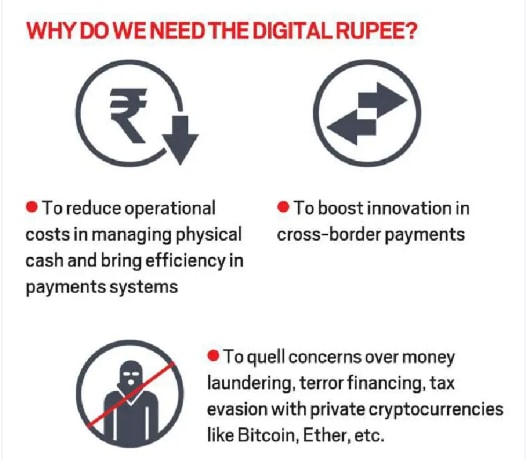
2. It is a legal tender issued by the RBI in digital form. It is the same as the fiat currency, and is exchangeable one-to-one with the fiat currency. Only its form is different — it is not paper (or polymer) like physical cash. It is a fungible legal tender, for which holders need not have a bank account.
(Sources: Trump sets up new crypto taskforce: Who is involved and what will they do?, Trump, Melania release memecoins: What exactly are they, why crypto investors are divided on them, Digital currencies and how they work, UPSC Essentials: One Word A Day- Cryptocurrency,blockchain.gov.in)

Story continues below this ad
Subscribe to our UPSC newsletter and stay updated with the news cues from the past week.
Stay updated with the latest UPSC articles by joining our Telegram channel – Indian Express UPSC Hub, and follow us on Instagram and X.
link

